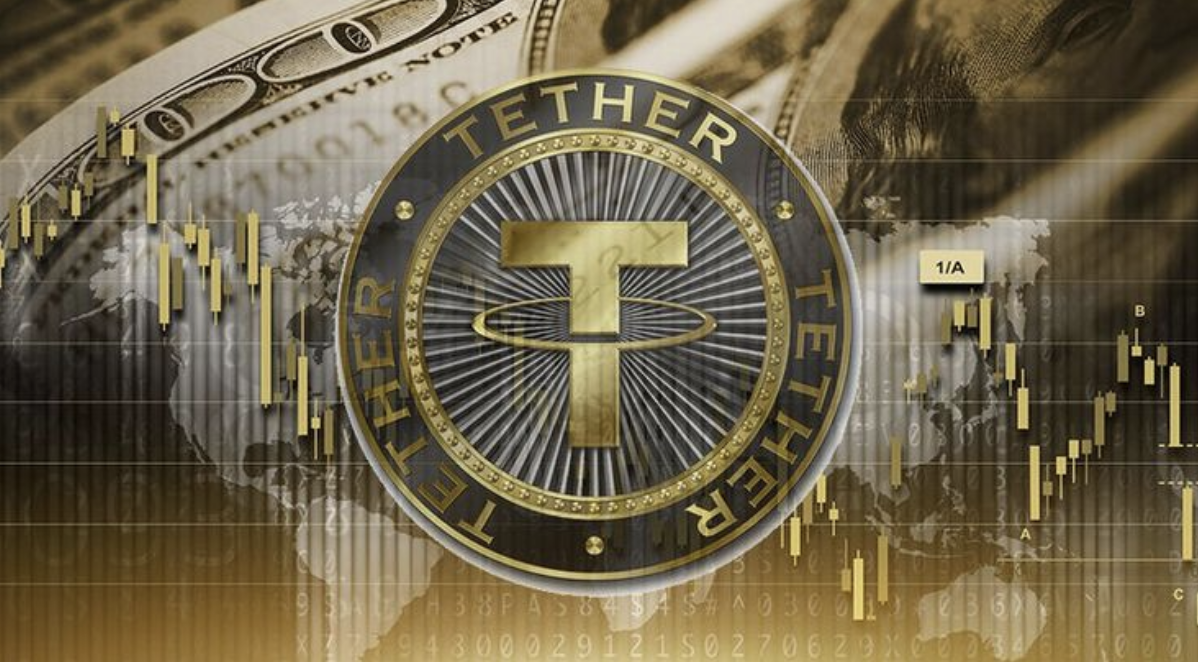Understanding the Definition of Money: What Makes Something a Currency?

Money has always been a fundamental part of human society. Throughout history, the concept of money has evolved from simple barter systems to the complex global financial structures we see today. But what exactly makes something "money"? What criteria does a commodity or asset need to meet to be considered a valid form of currency? In this article, we'll explore the definition of money, its historical development, and its role in the modern economy.
Traditionally, money has been defined as a medium of exchange that facilitates trade. Over time, its role expanded, and it took on the functions of being a store of value, a unit of account, and a standard of deferred payment. With the rise of digital currencies and crypto assets, the definition of money is being reexamined. So, let’s dive deeper into what constitutes money, starting from its core functions.
Core Functions of Money: What Makes Something "Money"?
To understand the definition of money, it's crucial to look at the core functions it serves in an economy. Money isn’t just a means of exchange; it must fulfill several key roles in order to qualify as true "money." Here are the four essential functions of money:
1. Medium of Exchange
Money must be widely accepted as a means of buying and selling goods and services. This is the most basic function of money. Without this feature, bartering (trading goods or services directly) would remain the primary form of exchange, which is far less efficient.
2. Unit of Account
Money provides a common measure for pricing goods and services, allowing individuals and businesses to compare the relative value of different items. It simplifies transactions by providing a standardized unit of measurement.
3. Store of Value
For something to be considered money, it needs to retain its value over time. People must trust that the value of money will not fluctuate drastically in the short term. This ensures that money can be saved and used for future transactions.
4. Standard of Deferred Payment
Money also serves as a way to settle debts. If a buyer and seller agree on a future payment date, money provides a standardized way to measure the amount of debt, ensuring that it can be paid off in the future.
The History of Money: From Physical Commodities to Digital Currencies
Money has evolved dramatically over the millennia. It began with physical commodities like shells, salt, and cattle—items that were valuable due to their scarcity and utility. Gold and silver became the standard forms of money for centuries due to their intrinsic value and durability. Over time, paper money was introduced, representing a promise from the government that it could be exchanged for precious metals like gold or silver.
In the 20th century, the world moved to fiat currencies—money that has no intrinsic value and is not backed by physical commodities. Instead, fiat money derives its value from the trust placed in the issuing government or central authority.
With the advent of technology and the rise of cryptocurrencies like Bitcoin, the definition of money is being further challenged. Cryptocurrencies operate on decentralized networks and are not backed by any government or central authority, raising questions about whether they can be considered legitimate forms of money.
Cryptocurrencies: Can They Be Considered Money?
As cryptocurrencies like Bitcoin, Ethereum, and others gain mainstream adoption, many are questioning whether these digital assets can be considered real "money." While cryptocurrencies have the potential to serve the core functions of money, there are still debates about whether they fully meet the criteria. Let’s examine some of the aspects that could determine whether or not digital currencies can be classified as money:
1. Medium of Exchange
Cryptocurrencies are increasingly being used for transactions, especially in specific sectors like e-commerce and finance. However, their acceptance as a widespread medium of exchange is still limited, and the volatility of prices poses challenges to using them in day-to-day purchases.
2. Store of Value
Some cryptocurrencies, particularly Bitcoin, are being viewed as a store of value, much like gold. Bitcoin’s fixed supply and resistance to inflationary pressures make it an attractive asset for those looking to preserve wealth over time. However, its price volatility has led some to question its effectiveness as a store of value.
3. Unit of Account
While cryptocurrencies are used as a unit of exchange, they are not yet universally accepted for pricing goods and services. Additionally, the fluctuation in cryptocurrency prices makes it difficult to consistently price goods and services.
4. Standard of Deferred Payment
Cryptocurrencies offer the possibility of settling debts, but their high volatility can complicate the process of agreeing on future payments. Businesses and individuals might hesitate to enter into long-term contracts involving cryptocurrencies due to concerns about price instability.
The Future of Money: Will Digital Currencies Replace Traditional Money?
As technology continues to evolve, the definition of money will likely continue to shift. Central banks and governments around the world are exploring the concept of Central Bank Digital Currencies (CBDCs), which would combine the advantages of digital currencies with the stability of fiat money. CBDCs could bridge the gap between the current financial system and the emerging world of digital currencies.
Cryptocurrencies like Bitcoin are showing that decentralized digital currencies have the potential to become a global standard for money. However, for widespread adoption to occur, several challenges need to be addressed, including regulatory concerns, scalability, and volatility.
In the future, we may see a hybrid financial system where traditional fiat currencies coexist with digital assets, offering individuals and businesses the ability to choose how they transact and store value.
Cwallet: Your Gateway to a New Era of Crypto Finance
Cwallet is not just a crypto wallet; it's a comprehensive Web2.5 financial platform. We seamlessly integrate security, privacy, and convenience, laying the foundation for a transformative financial landscape. With Cwallet, you can securely hold, send, receive, swap, tip, and earn from over 60 blockchains and 1000+ cryptocurrencies — all within one powerful platform.
We aim to expand the rich applications of crypto. Our intuitive Telegram bot allows for effortless engagement in airdrops and fosters community connections through tipping and group management tools. Additionally, we offer $USDT earnings with a maximum APR of 10% and provide competitive loan services. We also offer the Cozy Card — your passport to global spending. This innovative card enables you to use your digital assets like cash, simplifying transactions worldwide and enhancing convenience through Apple Pay and Google Pay.
Furthermore, we provide additional toolkits, including HR bulk management system, mobile top-ups, gift cards, and more. With over 37 million users, Cwallet invites you to reimagine crypto. Stay cozy and step into the future of finance with us.
Offical Link
Official Site: https://cwallet.com
Twitter: https://twitter.com/CwalletOfficial
